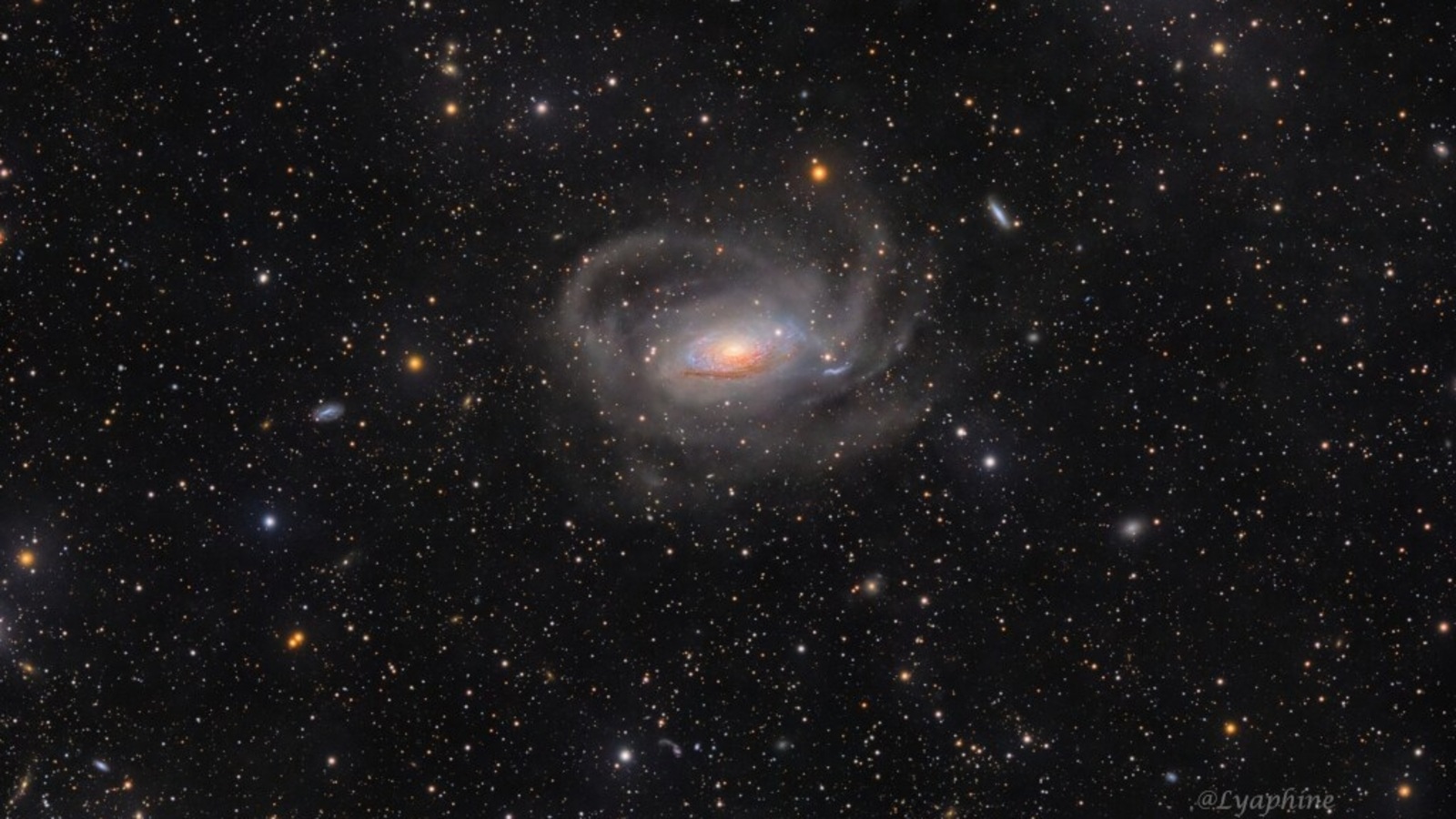NASA Astronomy Picture of the Day 19 May 2023: M63 Spiral Galaxy shot by deep-sky imaging camera
Today’s NASA Astronomy Picture of the Day is a snapshot of the M63 Curly Spiral Galaxy located about 30 million light-years away towards the constellation Canes Venatici.

Over the past few days, we have seen NASA publish mesmerizing snapshots of celestial objects as part of its daily Astronomy Picture of the Day. But how does NASA capture these objects that are located millions of kilometers away in space? The space agency uses its advanced telescopes such as Spitzer Space Telescope, the Hubble Space Telescope, and the newly launched James Webb Space Telescope. One of the most visually appealing celestial objects captured by NASA is spiral galaxies. These types of galaxies have winding spiral arms that make them look a little like massive pinwheels.
Today's NASA Astronomy Picture of the Day is a snapshot of the M63 Curly Spiral Galaxy located about 30 million light-years away towards the constellation Canes Venatici. Also known as NGC 5055, this spiral galaxy spans almost 100,000 light-years. Spiral Galaxies like M63 are disks of stars, gas, and dust that have bright bulges in their centers made up primarily of older and dimmer stars. Their whirled arms are typically full of gas and dust, which helps give rise to the bright, younger stars visible throughout their length.
Tech used to capture it
The picture was captured by astrophotographers Sophie Paulin, Jens Unger, and Jakob Sahner from a remote observatory in Spain. It was captured with the help of the TS-Optics Photoline telescope mounted on iOptron CEM70. ZWO ASI2600MM Pro, which is a dedicated deep sky imaging camera, was used to capture the spiral galaxy in stunning detail.
NASA's description of the picture
A bright spiral galaxy of the northern sky, Messier 63 is nearby, about 30 million light-years distant toward the loyal constellation Canes Venatici. Also cataloged as NGC 5055, the majestic island universe is nearly 100,000 light-years across, about the size of our own Milky Way. Its bright core and majestic spiral arms lend the galaxy its popular name, The Sunflower Galaxy.
This exceptionally deep exposure also follows faint, arcing star streams far into the galaxy's halo. Extending nearly 180,000 light-years from the galactic center, the star streams are likely remnants of tidally disrupted satellites of M63. Other satellite galaxies of M63 can be spotted in the remarkable wide-field image, including faint dwarf galaxies, which could contribute to M63's star streams in the next few billion years.
Catch all the Latest Tech News, Mobile News, Laptop News, Gaming news, Wearables News , How To News, also keep up with us on Whatsapp channel,Twitter, Facebook, Google News, and Instagram. For our latest videos, subscribe to our YouTube channel.





























